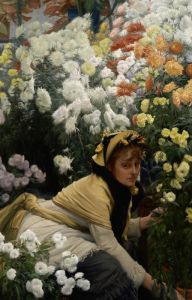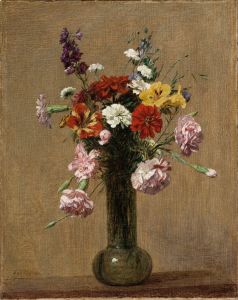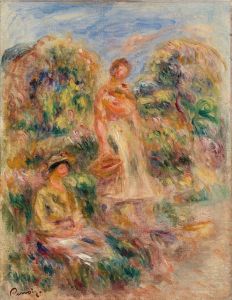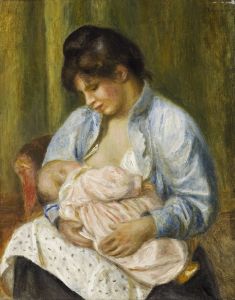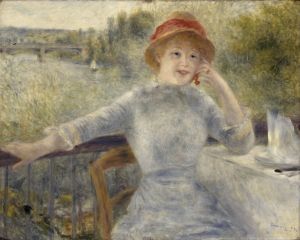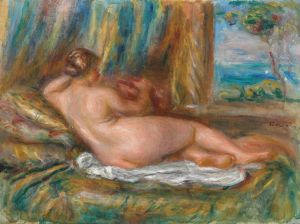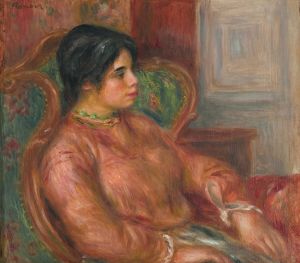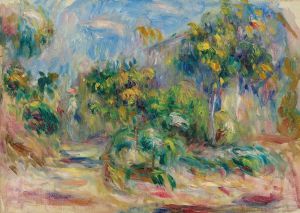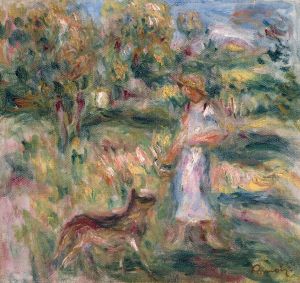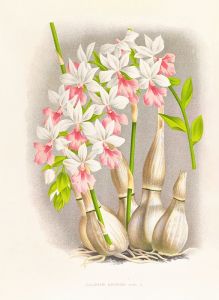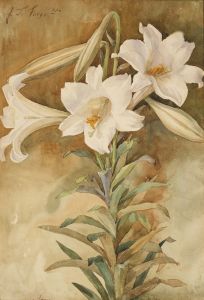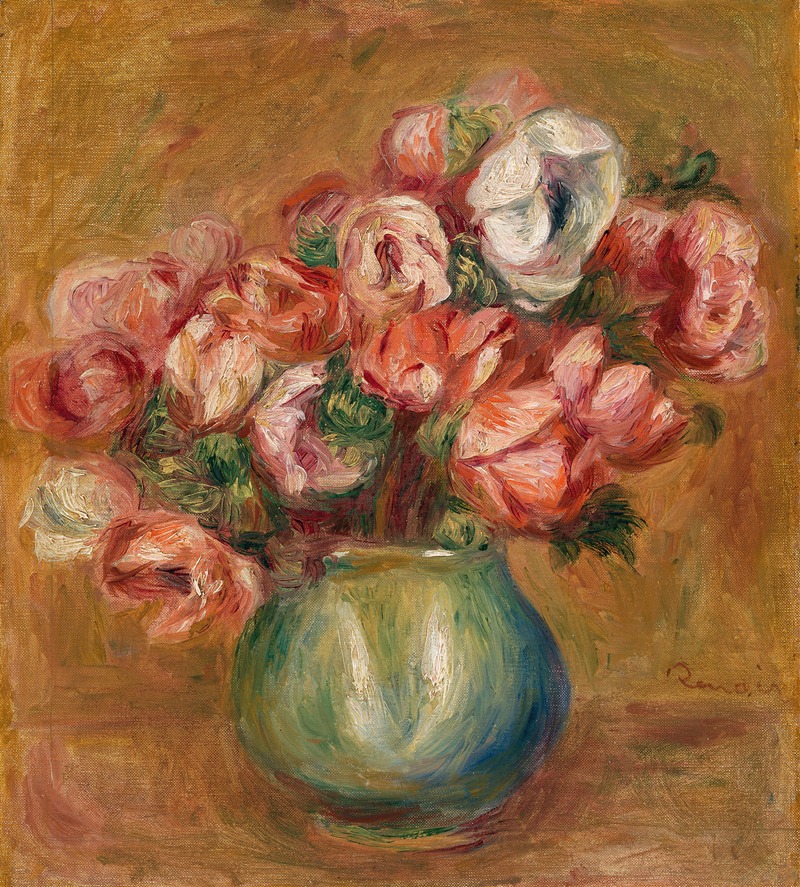
Anemones
A hand-painted replica of Pierre-Auguste Renoir’s masterpiece Anemones, meticulously crafted by professional artists to capture the true essence of the original. Each piece is created with museum-quality canvas and rare mineral pigments, carefully painted by experienced artists with delicate brushstrokes and rich, layered colors to perfectly recreate the texture of the original artwork. Unlike machine-printed reproductions, this hand-painted version brings the painting to life, infused with the artist’s emotions and skill in every stroke. Whether for personal collection or home decoration, it instantly elevates the artistic atmosphere of any space.
Pierre-Auguste Renoir, a prominent French artist and a leading figure in the Impressionist movement, is celebrated for his vibrant light and saturated color, often focusing on people in intimate and candid compositions. Among his extensive body of work, "Anemones" is one of his notable still-life paintings that exemplifies his mastery in capturing the delicate beauty of flowers.
"Anemones" is a painting that showcases Renoir's skillful use of color and light, characteristics that are hallmarks of his artistic style. The painting features a bouquet of anemones, a type of flowering plant known for its vivid colors and delicate petals. Renoir's depiction of these flowers is both lively and serene, capturing the essence of the blooms with a sense of immediacy and freshness. The composition is balanced, with the flowers arranged in a way that draws the viewer's eye across the canvas, inviting them to appreciate the intricate details and the interplay of light and shadow.
Renoir's approach to painting flowers was influenced by his broader artistic philosophy, which emphasized beauty and the joy of life. Unlike some of his contemporaries who might have used still-life compositions to explore themes of mortality or the passage of time, Renoir's floral paintings are celebrations of nature's beauty. His use of vibrant colors and soft brushstrokes creates a sense of movement and life, making the flowers appear as if they are gently swaying in a light breeze.
The painting "Anemones" is a testament to Renoir's ability to infuse his works with a sense of warmth and vitality. His technique involved layering colors to achieve a rich, luminous effect, which is evident in the way the petals of the anemones seem to glow with an inner light. This technique also allowed him to capture the subtle variations in color and texture that make each flower unique.
Renoir's still-life paintings, including "Anemones," were not just exercises in technique but also reflections of his personal appreciation for the simple pleasures of life. His choice of subject matter, whether it be flowers, people, or landscapes, was always guided by a desire to depict the world in a way that was both beautiful and true to his vision.
"Anemones" is housed in various collections, and like many of Renoir's works, it continues to be admired for its beauty and technical excellence. The painting is a fine example of how Renoir's Impressionist techniques could be applied to still-life subjects, resulting in works that are both timeless and universally appealing.
In summary, "Anemones" by Pierre-Auguste Renoir is a beautiful representation of the artist's ability to capture the essence of his subjects with warmth and vibrancy. Through his use of color, light, and composition, Renoir transforms a simple bouquet of flowers into a celebration of nature's beauty, reflecting his broader artistic philosophy and his enduring legacy as one of the great masters of Impressionism.





